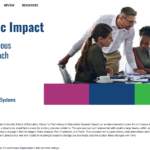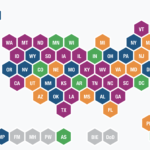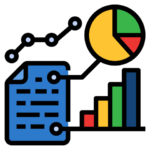
Conference: DEC & ISEI Joint Conference 2022 Date: September 28, 2022 Presenter: Betsy Davies-Mercier, Grace Kelley, Thomas McGhee This presentation addresses why effective use of data involves bringing people together […]

Improving programs and changing systems can be hard, DaSy Dynamic Impact is an easy-to-use approach that provides a consistent, successful, and sustainable process to support your team.

Compare your state’s C4 family outcomes data to the national data in the three sub-indicator areas. Make comparisons to subgroups of states that use the same survey and scoring approach

Some states used additional tools/approaches to measure other family variables. States use survey methods to collect family outcomes data, but the questions and processes vary.

DaSy collects comprehensive information on the status of Part C and Part B 619 data systems through the State of the States survey, which comprises a survey of Part C […]

A document that includes information about each of the fields included in the COS-KC All Data report. If you need more information, contact your DaSy TA liaison. COS-KC Data Key […]

November – December 2022. Are you looking for better ways to share your publicly-reported data with stakeholders? Do you wish you had access to an easy-to-use tool to help you create engaging data displays?

December 2022. ECTA and DaSy Center staff discuss the national performance data for indicators C3 and B7, including national data, state variations in performance, and TA resources

Learn about the refresh of our ever-popular Data Vis Toolkit. Now with guidance on how to consider equity and inclusion when creating data visualizations and new resources and tools!
Join DaSy for the IDIO Encore, a virtual event to connect, learn from other states, network with peers, and hear the latest early childhood updates from the federal partners.









